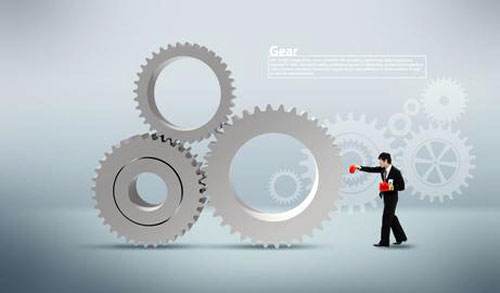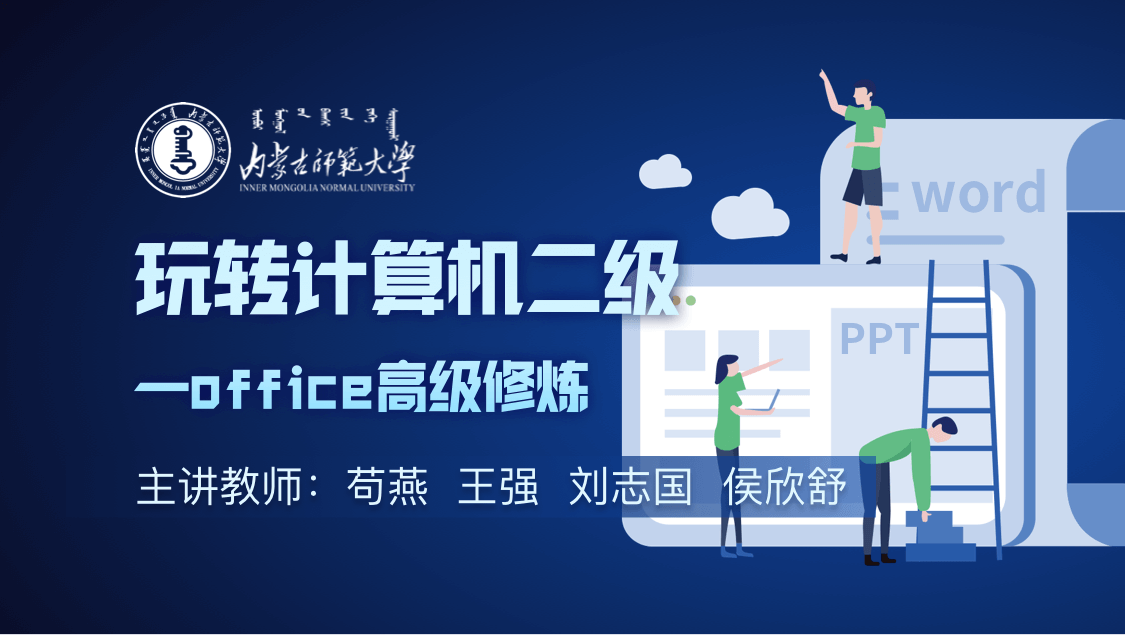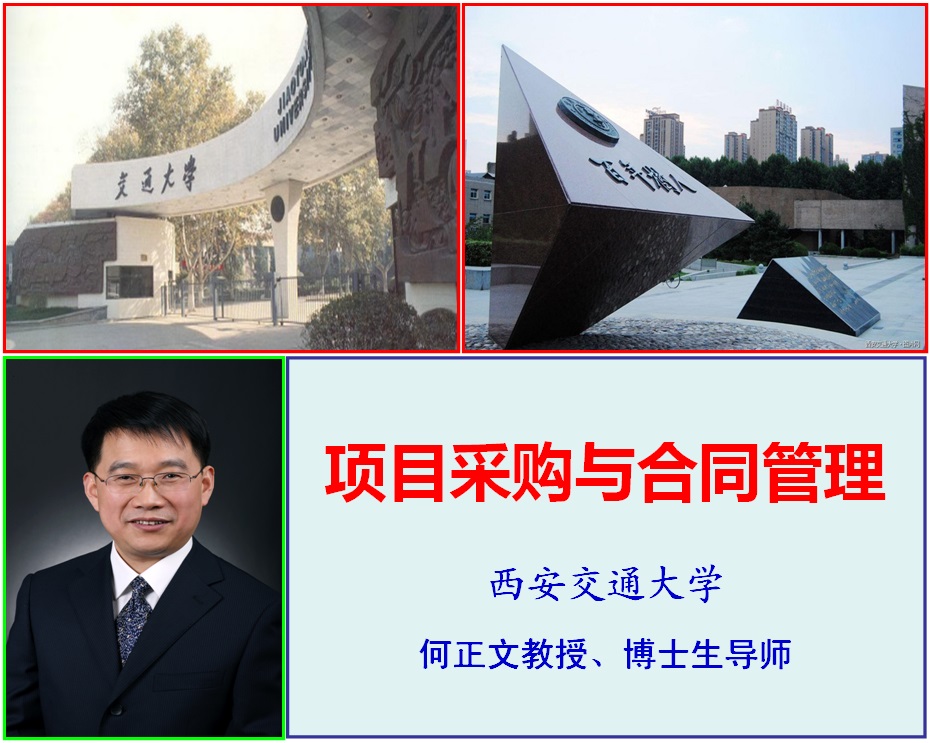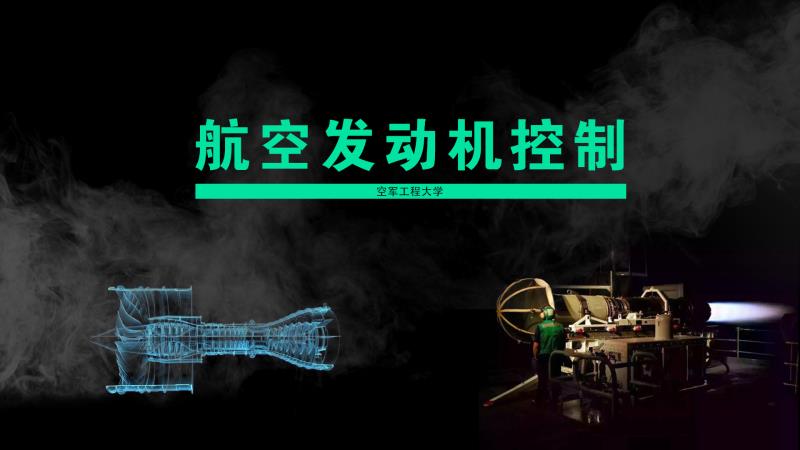
当前课程知识点:History of Western Civilization 全英文西方文明史 > Chapter 5 Middle Ages > 5.2 Carolingian Dynasty > 5.2.1 Text
返回《History of Western Civilization 全英文西方文明史》慕课在线视频课程列表
5.2. Carolingian Dynasty
Hi everybody this is the second part of chapter five Carolingian Dynasty.
1. The second dynasty of the Frankish kingdom is the Carolingian Dynasty from 751 to 987 AD. During the 6th and 7th centuries The Frankish kingdom split into kingdoms of Austrasia, Neustria, and Burgundy. All ruled by the Merovingian kings, descended from Clovis.
2. Pepin II (c. 635 – 714) was a statesman and a military leader from Austrasia who reunited Francia. He took the title Duke and Prince of the Franks and Mayor of the Palace of all the Frankish kingdoms he conquered. The Mayor of the palace was the manager of the household of the Frankish king. The office existed from the sixth century, and during the seventh century it evolved into the highest office just below the king, actuary they had "power behind the throne", more powerful than kings. After the death of Pepin II in 714, his son Charles Martel (c. 688 – 741) inherited the office of the Mayor of the palace.
Charles Martel began the series of military campaigns to strengthen the power of a united kingdoms. In 732 at the Battle of Tours Charles Martel defeated a Muslim army of the Umayyad Caliphate which invaded Francia from Spain. This battle ended the last of the great Arab invasions of France. Charles Martel also supported the Roman papacy, the Papal state depended the protection of Frankish army against the power of Lombard and Byzantine power. Although Charles Martel acted as a king but he didn’t take the title of king, but his son Pepin III did care about it.
3. Pepin III, also known as Pepin the Short (c. 714 – 768) was the first King of the Carolingian Dynasty from 751 until his death. "The short" is a nickname first appeared in the 11th century, maybe he was short. Some people say it meant "younger," because he was the youngest son. Pepin asked Pope Zachary "who should be King, he who has the title, or he who has the power?" Pope answered "he who had the power". We know the Papal state need the protection of the Frankish army. In 751 a representative of the pope anointed Pepin III king of the Frankish kingdom. To anoint someone means to put oil or water on a part of their body, usually for religious reasons. The Carolingian dynasty takes its name from Carolus, the Latin name of Charles Martel, kings after him called themselves "Carolingian", meaning "descendant of Charles" or "the family of Charles."
4. Charlemagne(742—814)
Pepin the Short died in 768. The Frankish kingdom realm was divided between his two sons: Charles and his young brother Carloman. Only 3 years later Carloman suddenly died and this made Charles the sole ruler.
Charlemagne or Charles the Great was son of Pepin the Short. He was King of the Franks from 768, King of the Lombards from 774, and Holy Roman Emperor from 800. He united much of western and central Europe, the expanded Frankish state Charlemagne founded is called the Carolingian Empire. He united most of Western and central Europe for the first time since the fall of the Western Roman Empire three centuries earlier.
5. Father of Europe Charlemagne was known as the "Father of Europe". He was a large man with a restless spirit, a brave warrior led his army defeated all enemy before him. He conquered the kingdom of Lombards, Aquitaine, Bavaria and Saxony near the North Sea coast of today’s Germany. He controlled all of modern France, Germany, the Low Countries, most of the Balkans, most of Italy, Austria, Hungary, parts of Poland and a small portion of northern Spain. The Low Countries include today’s Belgium, Luxembourg and the Netherlands.
6. Holy Roman Emperor
Like Alexander the Great created the Macedonian Empire,Augustus created the Roman Empire, Charlemagne created a new united Christian empire in western and central Europe. It is called the Holy Roman Empire which started from 800 until its dissolution in 1806.
Charlemagne followed his father's policy towards the papacy and became its protector and the pope retuned with the highest title of emperor. The Christmas of 800 is a very important day in the history of Europe. Charlemagne travelled to Rome. In Saint Peter's Basilica a coronation ceremony was held. Pope Leo III placed a crown on Charlemagne’s head, claimed him to be the "Emperor of the Romans". He was now called Emperor and Augustus. Emperor is generally recognized to be of a higher honor and rank than king. In Western Europe the title of Emperor was used exclusively by the Holy Roman Emperors, they claimed to be the successors of the Western Roman Emperors.
Carolingian Renaissance
The Carolingian Renaissance was a period of cultural activity in the Carolingian Empire. It lasted from the late eighth century to the ninth century during the reigns of Charlemagne and his son Louis the Pious. During this period there was an increase of the arts, literature, writing, architecture, scriptural studies, and reforms of laws and church services. Scriptural is used to describe things that are written in or based on the Christian Bible. Supported by their emperor, the secular and ecclesiastical leaders took inspiration from the Christian Roman Empire of the fourth century. Ecclesiastical means belonging to or connected with the Christian Church. They copied and preserved classical texts, and they developed a calligraphic standard so that the Latin alphabet could be easily recognized. This handwriting style called the Carolingian minuscule, and early modern Italic script developed from it.
7. The Palatine Chapel was a masterpiece of architecture from the Carolingian Renaissance. Palatine means of or relating to a palace, chapel is a small church. Aachen was the capital of Charlemagne’s empire, today a small German city near the Border of Belgium. Charlemagne built a Palace there modeled on the ancient Roman buildings. He sent royal agents go across Europe searching for the columns, marbles and ornaments could be reused. Today much of the palace is destroyed, but the Palatine Chapel has been preserved. From this photo we can see the three floors inside the chapel. The upper one represents the heavens; the ground floor was used by priests and people for worship. Charlemagne’s throne was on the second floor; symbolizing his position between the people and the God.
8. Pope claimed Charlemagne Holy Roman Emperor
9. Disintegration of the Empire
Charlemagne died in 814, his son Emperor Louis the Pious (778 – 840) followed him as a sole ruler of a united empire. But after the death of Louis the Pious in 840 there was a three year war between his three sons. Finally the empire was divided by his three sons into three kingdoms. They constantly fought one another. The king of the West Franks was Charles the Bald, the king of the middle Franks was Lothair, the king of the East Franks was Louis the German. In the future the West Franks became France, the East Franks became Germany, and the middle Franks became Holland, Belgium, Luxembourg, Lorraine, Switzerland and northern Italy.
The Carolingian dynasty ended in the West Francia in 987 when Hugh Capet succeeded the last Carolingian king became the first King of a new Capetian dynasty. In the East the death of the last Carolingian king Louis the Child in 911 marked the end.
Let’s look at the key words
Carolingian Dynasty Charles Martel, Pepin the Short Charlemagne, Holy Roman Empire.
Ok it is the second part of the chapter Five, Carolingian Dynasty
返回《History of Western Civilization 全英文西方文明史》慕课在线视频列表
-1.0 Introduction
--1.0.3 Exercises
-1.1 Greek Bronze Age and Dark Age
--1.1.3 Exercises
-1.2 Greek Gods
--1.2.3 Exercises
-1.3 Archaic Greece
--1.3.3 Exercises
-1.4 Athens and the Persian Wars
--1.4.3 Exercises
-1.5 Discussion
-2.1 War and politics in the fifth century BC
--2.1.3 Exercises
-2.2 Greece in the fourth century BC
--2.2.3 Exercises
-2.3 Classical Greek Philosophy
--2.3.3 Exercises
-2.4 Athenian Drama
--2.4.3 Exercises
-2.5 Alexander the Great and Hellenistic World
--2.5.3 Exercises
-2.6 Discussion
-3.1 Roman Kingdom
--3.1.3 Exercises
-3.2 Early Republic
--3.2.3 Exercises
-3.3 Mid-Republic
--3.3.3 Exercises
-3.4 Late-Republic
--3.4.3 Exercises
-3.5 End of the Republic
--3.5.3 Exercises
-3.6 Discussion
-4.1 Pax Romana 1
--4.1.3 Excecises
-4.2 Pax Romana 2
--4.2.3 Excecises
-4.3 Crisis of the Third Century and Constantine
--4.3.3 Excecises
-4.4 The Victory of Christianity
--4.4.3 Exercises
-4.5 The Fall of the Roman Empire
--4.5.3 Exercises
-4.6 Discussion
-5.1 Early Middle Ages
--5.1.3 Excecises
-5.2 Carolingian Dynasty
--5.2.3 Excecises
-5.3 High Middle Ages
--5.3.3 Excecises
-5.4 Late Middle Ages 1
--5.4.1 Excecises
-5.5 Late Middle Ages 2
--5.5.3 Excecises
-5.6 Discussion
-6.1 The Renaissance
--6.1.3 Exercises
-6.2 Protestant Reformation
--6.2.3 Exercises
-6.3 Italian Wars and Rise of Russia
--6.3.3 Exercises
-6.4 Age of Discovery
--6.4.3 Exercises
-6.5 French War of Religion and Russia’s Time of Trouble
--6.5.3 Exercises
-6.6 Discussion
-7.1 The Thirty Years War
--7.1.3 Exercises
-7.2 English Revolution
--7.2.3 Exercises
-7.3 Three Absolute Monarchs
--7.3.3 Exercises
-7.4 Dutch Golden Age
--7.4.3 Exercises
-7.5 Science and Culture in the 17th Century
--7.5 Text
--7.5.3 Exercises
-7.6 Discussion
-8.1 The United Kingdom
--8.1.3 Exercises
-8.2 The American Revolution
--8.2.3 Exercises
-8.3 The French Revolution
--8.3.3 Exercises
-8.4 Age of Enlightenment
--8.4.3 Exercises
-8.5 West after the 18th century
--8.5.3 Exercises
-8.6 Discussion





